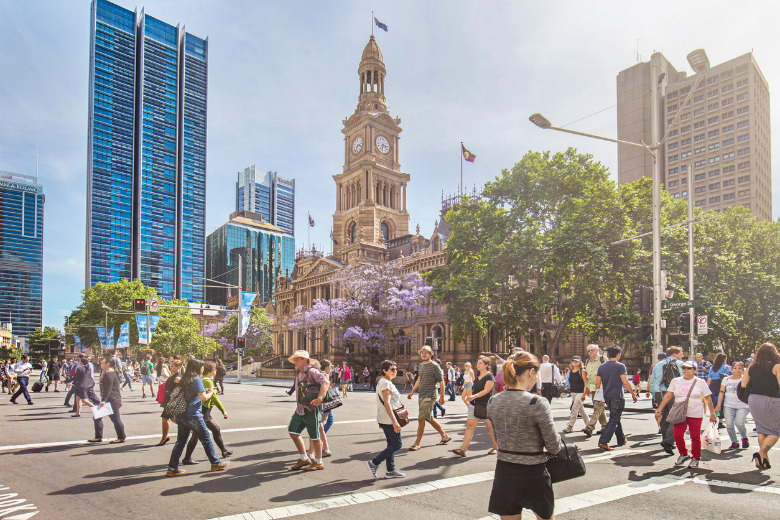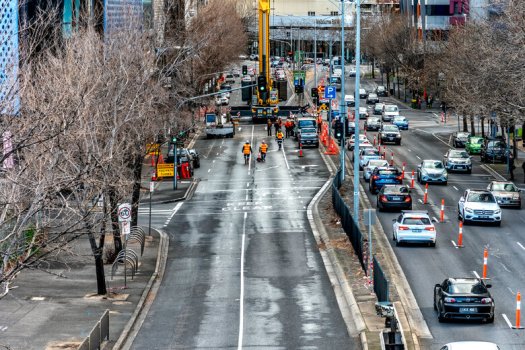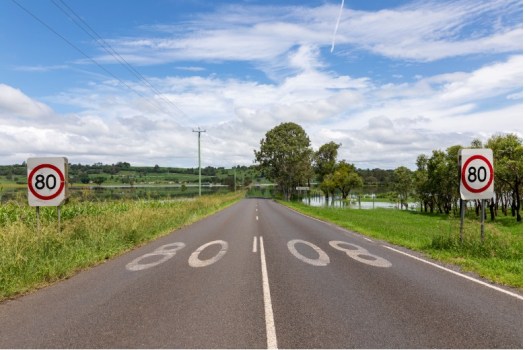
NSW councils are calling for additional funding for the regional road transfer program in this year’s state budget, saying the initial funding allocation is fast running out.
Peak body Local Government NSW has submitted its 2022-23 Pre-Budget Submission to the NSW Government, outlining the importance of a locally-led recovery from the pandemic with a plan to create more than 60,000 jobs in NSW.

“The 2022-23 financial year will be especially challenging for local government,” the submission says.
“Like the NSW Government, local government will be impacted by the resurgent pandemic, with council revenue continuing to be reduced in line with the decline in economic activity.”
Some of the big-ticket budget items for local government are for construction and maintenance of roads, footpaths and cycleways.
“Local government is responsible for 90 per cent of these vital and costly assets,” it says.
What councils want
The submission calls for at least a further $250 million in annual funding for the promised transfer up to 15,000 km of regional roads to state ownership, a program internal NSW government documents have previously warned will end up costing the state.
LGNSW says the 2021-22 NSW Budget allocated $250 million to help kickstart the Regional Road Transfer Program, with priority roads identified for the first round of the transfer amounting to just 353.7km.
Many councils are in a position where they can’t afford to attend to local roads while also maintaining regional roads previously transferred without funding support, LGNSW says.
“With road replacement costs per kilometre at up to $400,000 on regional roads, it would appear that the government’s initial allocation is already half exhausted, the submission says.
“Therefore, it is essential that the government allocates at least a further $250 million on an annual basis over the next several years.”
With road replacement costs per kilometre up at $400,000 on regional roads, it would appear that the government’s initial allocation is already half exhausted.
LGNSW 2022-23 Budget Submission
Healthy water resources is another area of concern for councils, with the submission calling for a further $1 billion over five years to renew funding for the Safe and Secure Water Program and $1 billion in the development of the next tranche of dam projects.
“Regional and rural NSW remains very vulnerable to the effects of severe drought despite the current La Nina conditions in NSW,” the submission said.
LGNSW wants the $750 million waste levy reinvested to fund the delivery of priority infrastructure and education campaigns and provide a framework for investing in circular economy opportunities.
Improving community welfare
On the community welfare front, the submission calls for $2.6 billion annually over the next 10 years to build 5,000 additional units of social housing each year.
According to the submission, there are currently almost 50,000 people waiting for social housing in NSW, with wait times of up to 10 years, and this has been exacerbated by the pandemic.
“Lack of housing is having serious impacts on community wellbeing and economic recovery, particularly as many employers cannot fill roles in areas in which affordable housing is so scarce,” it says.
Other budget priorities include a local government Closing the Gap grant program, more funding for the CBD Revitalisation Program to bring people back to central business districts and fixing combustible cladding on private residential buildings.
LGNSW says the current “green shoots of economic recovery” should not be a reason to wind down support programs, given the uncertainty around the Omicron wave and potential future variants.
“Recovery provides the opportunity to focus on investment in building the resilience of our infrastructure, services, and systems to better enable us to cope with inevitable future disasters,” the submission says.
“It will generate employment in the construction stage but also reduce risks and encourage private investment, creating more jobs in the future.”
Comment below to have your say on this story.
If you have a news story or tip-off, get in touch at editorial@governmentnews.com.au.
Sign up to the Government News newsletter

